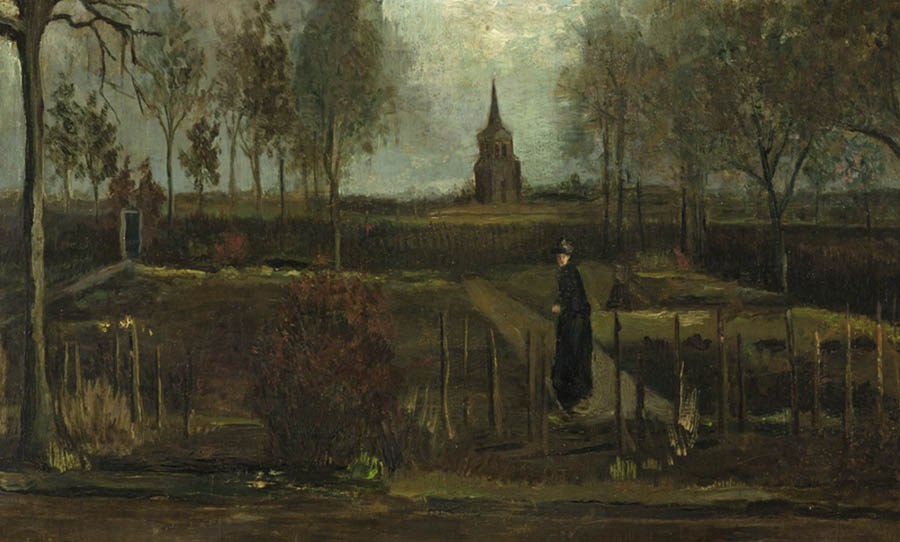What is the point of making boring art? Myles Young is inspired by the range and depth of emotion we experience in life and aims to trigger these emotions in people through his art. Young’s paintings and digital artworks are a celebration of life, using abstract art to emphasise the beauty of human error.
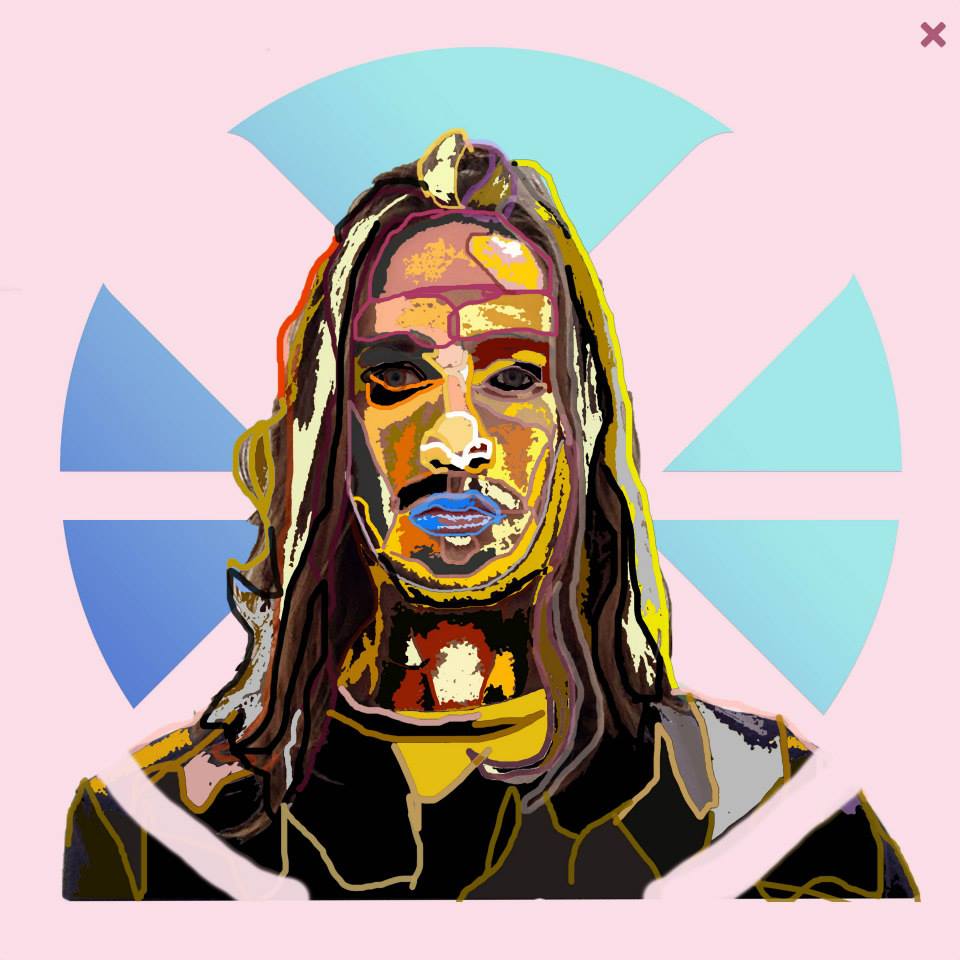
Adamant that he will never make a dark painting, Myles explains why he likes to capture the effervescence of life in his paintings.
HAPPY: What is the message behind your artwork?
MYLES: The messages change often, but a similar undercurrent always remains, which is something I can’t change. I think that my works are my way of saying that life is bright. I cannot make a dark painting, I cannot deny myself using colour. Life is bright, hard, sometimes shitty, emotional, funny, cheeky and great. Often I reflect on works and it seems to me that they are about how a situation, idea or scene can be about two things simultaneously. The message is actually about how two differing components of life bash together in the same instance. We often don’t get to choose what they are and they’re often skewed and hidden. I usually try to make this evident.
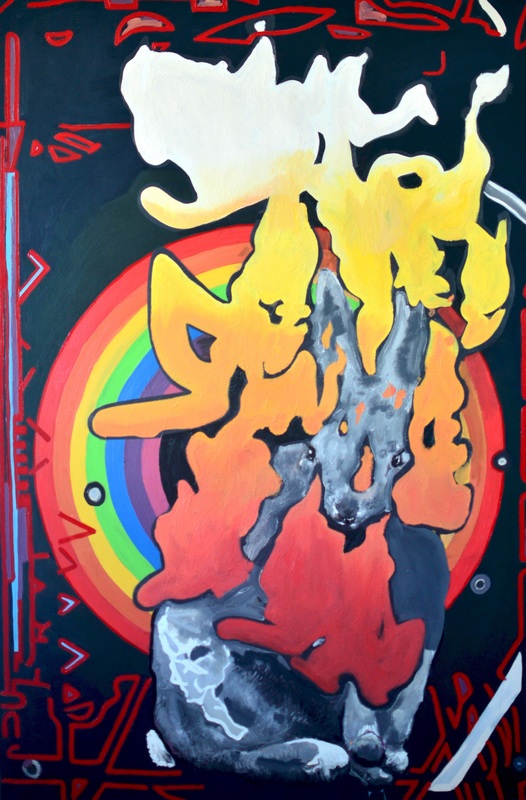
HAPPY: What is the inspiration behind your work?
MYLES: I think I differ from many painters I know, there isn’t a single thing that inspires me. I like to merge things together to make a new story. I use history, personal memories and lots of emotional triggers. The emotional triggers are very important for me – what’s the point of making boring art? My memory is an inspiring factor in my work. I like to make it extremely personal, but using images that are not strictly of myself.

HAPPY: Why do you like altering the appearance of everyday objects?
MYLES: I like to alter things because an unaltered image to me, if rendered in paint, is not enough. It’s missing something. It’s missing human error, which is glorious. It’s also missing colour and fragmentation. I think if you look through the alterations, you can find what the original was, but it also bounces off all the other alterations and triggers in the work, making it something new.
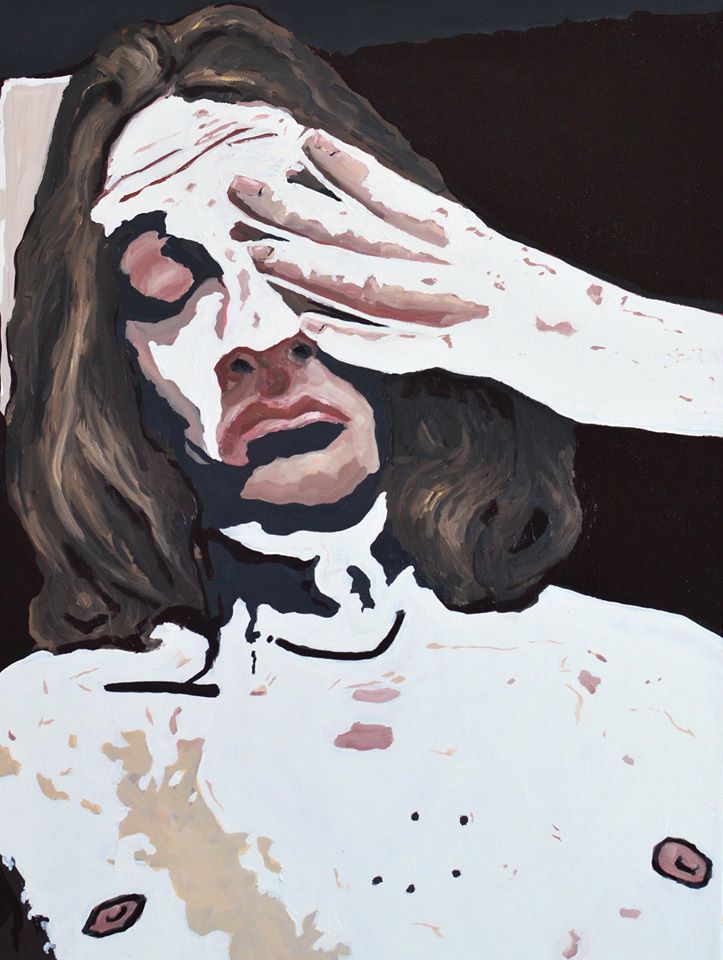
HAPPY: What attracted you to abstract art?
MYLES: Pure abstract art is something I’m not actually interested in making. My attraction to small amounts of abstraction is that it can skew something that would otherwise be so clear. If the image is skewed people’s minds will tell them it’s one thing or another. That’s a perfect reaction for a painter. A great mixture of figuration and abstraction creates a great premise for a striking painting.
The unknowing and guesswork in abstract art are its two most attractive features to me. You must be able to find a way into the work but not get it all straight away. For a 2D image, abstraction is a great tool, but I only use it sparingly. I notice tiny abstract patches in other people’s paintings that all mean nothing by themselves, but eventually make up the whole thing. That’s something pretty powerful to consider even when looking at history’s most famous paintings if you ask me. (Ugh, fucking artists right?)
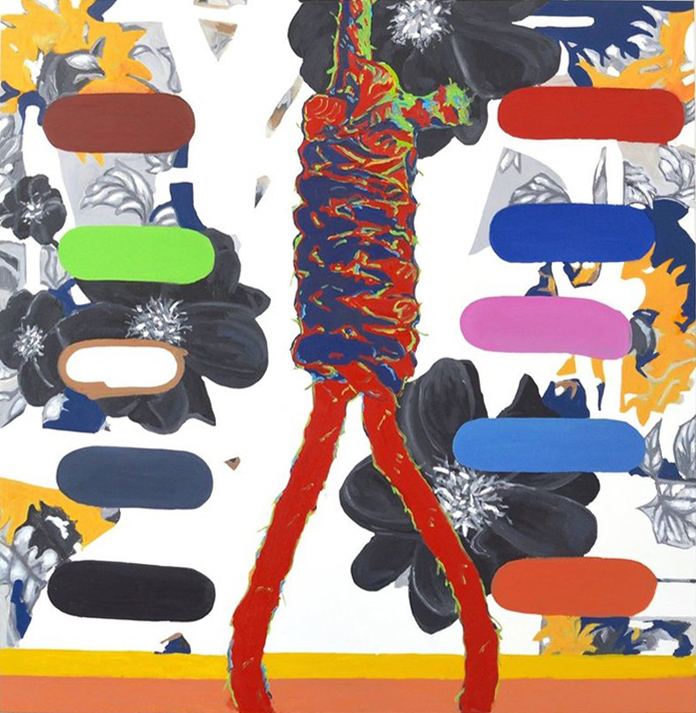
HAPPY: Why do you like painting as a medium?
MYLES: Paintings are important as a medium for me because they all have a time value attached, a personal value, an intellectual value, a physical value, a limitless value in terms of subject matter and they are all unique. It’s also abundantly clear to everyone if you’re a shit painter. It’s so easy to wreck a painting, but not so easy to make a beautiful one. I like it because it’s a challenge that keeps testing you. In a cathartic sense, I like painting because I get to destroy all the shit paintings I make. Canvas is relatively cheap, accessible and tears easily.
That’s important too. Much harder to destroy marble or bronze don’t you think? It’s important that the public never sees the monstrosities that people can create. There is also something amazing knowing a person has slaved over this painting, their hand and brushstrokes are visible. Whenever I look at a Monet, Van Gogh or anyone from that era of expressive painters, it’s amazing to see they make brush strokes and colour choices similar to my own. It’s just someone slaving away on their idea and they could’ve torn it up but they kept going.
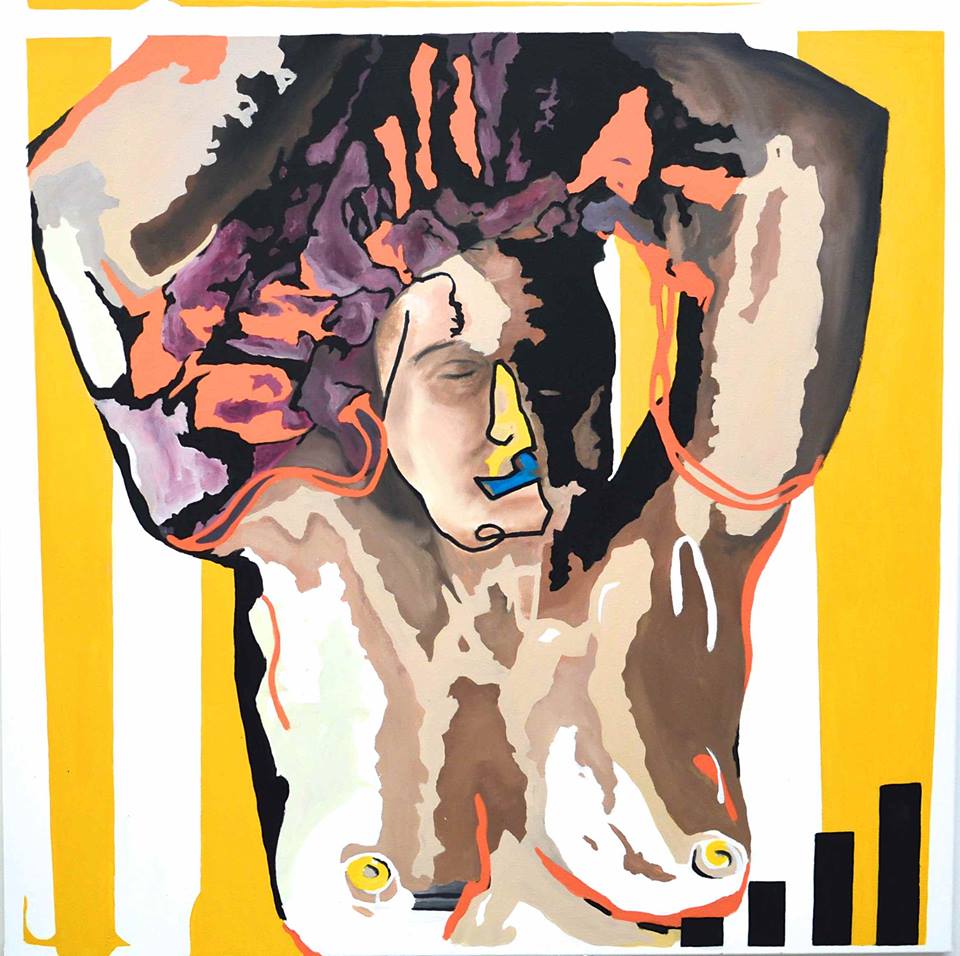
HAPPY: Why do you like to start your artworks through graphic editing before painting them?
MYLES: I’m lazy. Have you ever sketched 30 designs for a single work and none of them are quite right? You have to transfer the best of the sketches onto the large canvas, which, again is never as good as your study. Ask any painter, it’s very common! I opted for making the perfect study, and then projecting that onto my canvas. From here I then change all the elements I wish. Us young ones have had our attention spans robbed from us.
I take photos and use them as a reference, as well as source images from the world. I can use any colour imaginable, cut twist, distort images, CTRL + Z is pretty special. I make a few versions of my works before I paint them. I can do it anywhere and make no mess which is a plus. Like right now. I’m in Germany listening to Enya and eating Nutella whilst drinking tea in a lovely living room. I’ve been designing works for a future show. However, I add a huge human element to my works when I turn them into paintings. I add things that didn’t exist in the original digital ‘sketch’ and the painting becomes much more accessible if I only use the sketch for colour and form reference.

HAPPY: What creative process do you go through when beginning an artwork?
MYLES: I trawl through my memories, my bank of notes and thoughts, old images I’ve taken, things that are in front of me, the internet, famous art collections and more until I find images that have the power to provoke thought. There are often up to ten or more images and layers of work that create a single painting. I often start by deciding on a background colour scheme. The background sets the tone for the work. I often know about 50% of what I want to say before I begin.
The rest comes when I have an anchor point or an angle for an idea. Colour is a massive component that changes constantly through the design process. On top of the ten layers visible, there are often five that have been deleted in the graphic editing process, plus dozens of colour scheme changes. I often use colour schemes from life, small moments I see in the street, someone’s clothes, other paintings – anything. I try to make my works a complete synthesis of everything I have seen and know. That’s what makes painting so special.

HAPPY: Why do you like art?
MYLES: I like art because nobody can really explain why it’s good or bad or important or bullshit. Everyone just knows someone had the urge to spend their time and money on creating it. People appreciate that, but nobody knows why. I don’t know why I like art. I just know I can’t stop making it and there’s nothing else that can hold my attention.
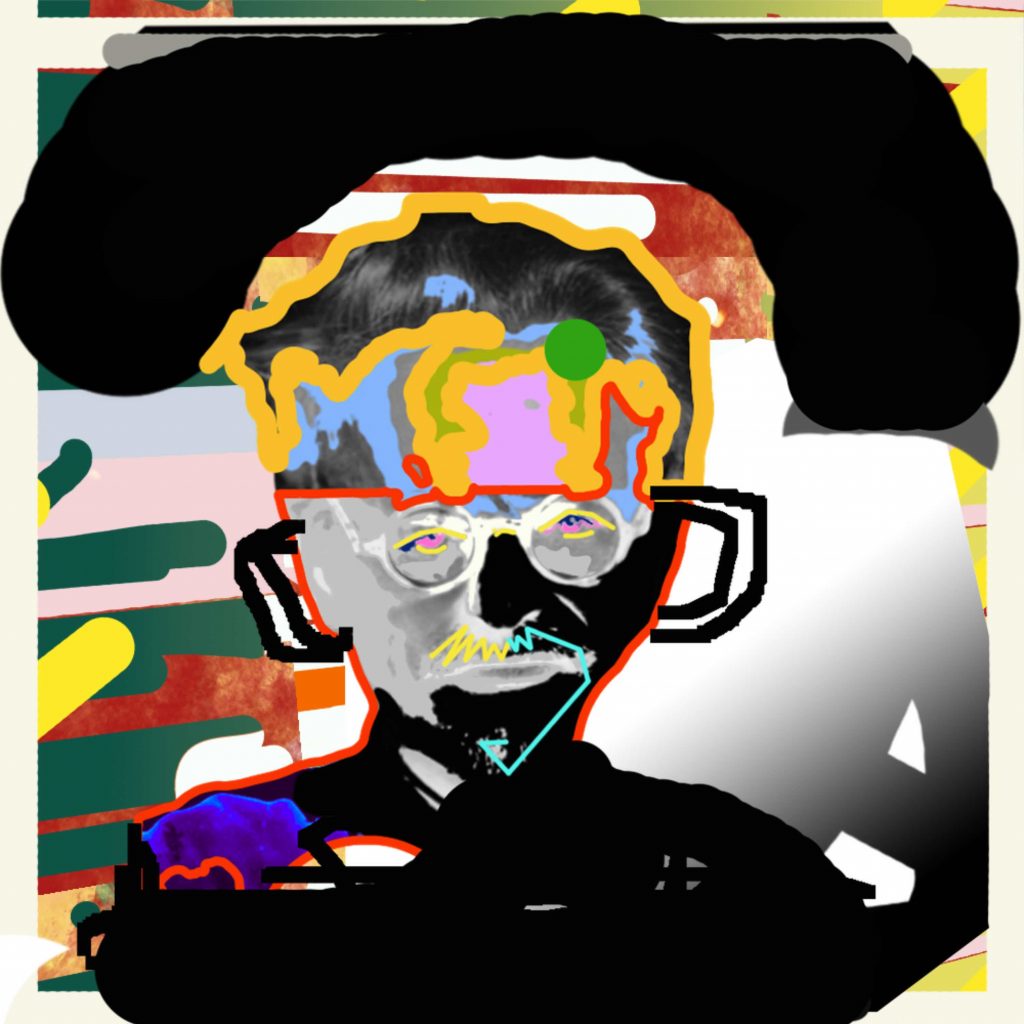
HAPPY: How did you get into art?
MYLES: I love answering this question. To be honest, when I was in high school my mum made me do it. I hated the idea. Then it quickly dominated everything else I was doing. I found painting. I felt like I was cheating at school – I get marked well, I drink tea and listen to music in my final and most stressful years at private school? Sure. I applied that principle to life at eighteen when I graduated school, then it snowballed. I was accepted into the National Art School in Sydney which has an amazing reputation. When I began to study art history and learn about the intellectual and emotional side of art it helped me discover the power of creating something. From there it was all downhill and here I am spending all of my money on paint every week. Thanks Mum.
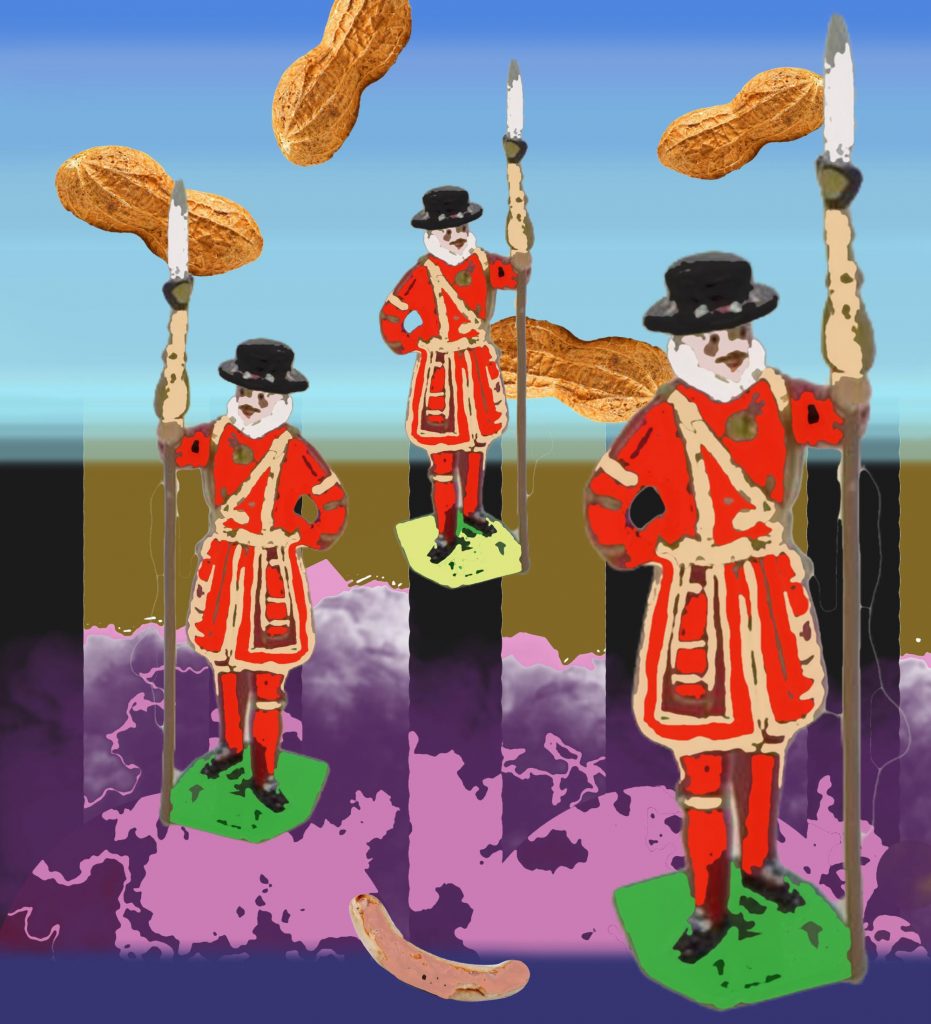
HAPPY: What’s up next for you?
MYLES: I’ll be designing my next show whilst I’m still living in Europe for the next two months. My next plan is to secure a gallery for the show I’m currently designing. When I get back to Australia I’m going to get the biggest studio I’ve had yet and paint like mad. I’ve had three solo shows in Sydney in the past year and a half, so I’ve taken some time away to design this new series.

